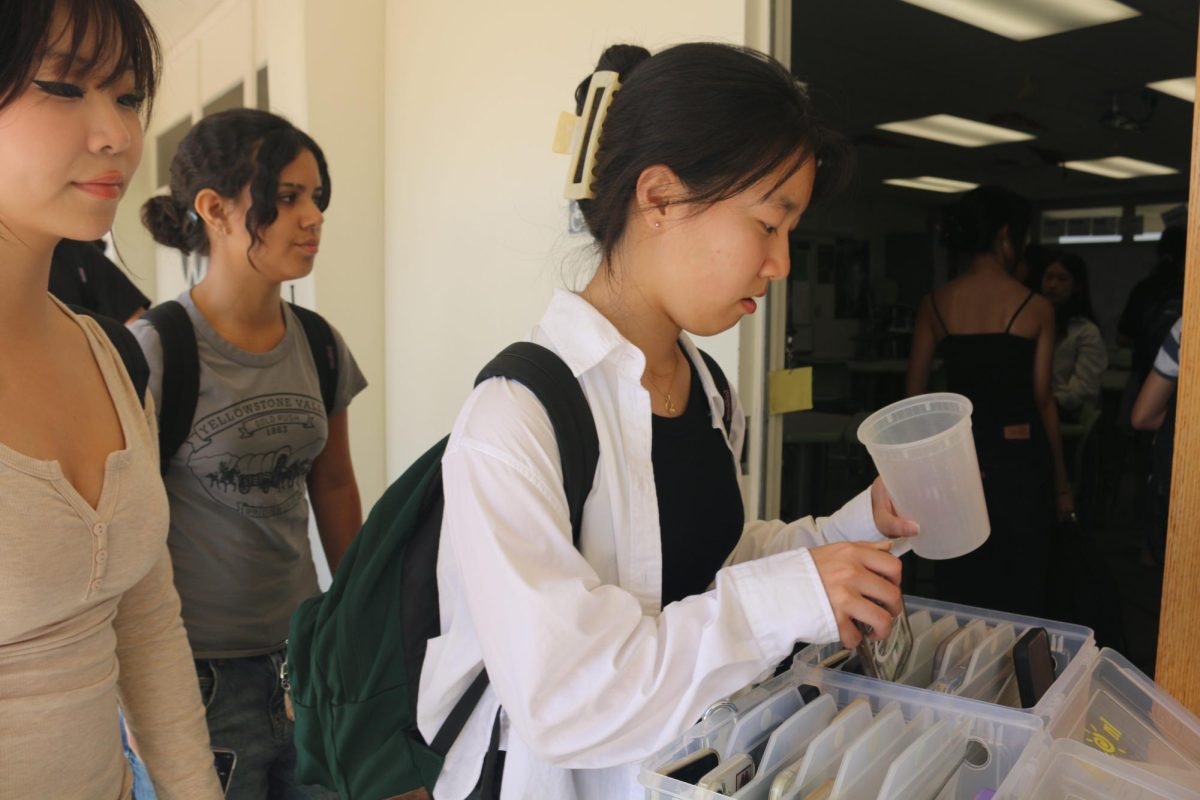The Fullerton Joint Union High School District [FJUHSD] has contracted with Borrego Solar Systems Inc. at a cost of $2.5 million per campus to install solar shade structures in certain parking lots along with two Chargepoint stations that could power up to four electric vehicles.
“The solar grids will be designed to meet 90 percent of demand, which means [while] the district used to pay 100 percent of the [electricity] bill, it will now be reduced to only 10 percent,” said Todd Butcher, executive director of facilities and construction.
At Sunny Hills, Borrego is scheduled to begin installation of the solar panel carports this fall with a completion date set for the summer of 2021, FJUHSD construction projects manager Alex Kang said.
The project is in the designing stage, which explains why district and Borrego officials had no images of drawings as to what the finished project would look like as of April. But the preliminary plan for Sunny Hills is for the solar shade structures to be installed at the parking lot by the PAC, Kang said.
Borrego officials said the approximately 1,608 solar panels from LG would cover the majority of the parking stalls near the PAC; the panels can produce 675 kilowatts of power. Each structure measures 40 feet wide with a height of 10 feet or so.
“[LG’s solar panels] are very high efficiency so you can get quite a bit of storage capacity … compared to a lot of other panels, but they’re also a very great brand and a solid company,” Borrego’s senior project developer Cameron Thorne said. “They’re designed to last for up to 30 years [and] we have a warranty from LG that [lasts] for 25 years.”
The energy from the panels will be helping to feed the electric vehicle chargers from Chargepoint though they will not be directly plugged into the solar power panels, Thorne said. Borrego has been contracted to install two electric vehicle charging stations for each school site, and each station is able to charge two cars. As of April 13, Borrego and district officials are still working on where they will be placed, he said.
The proposal for the district to go solar started four years ago when Butcher introduced the idea to the school board members, who then approved the plan Aug. 7, 2018, and accepted Borrego’s bid for the project Dec. 19, 2019, Kang said.
“The district had strict guidelines when the request for proposal went out for bid, but after reviewing [Borrego’s] past performance of the projects they’ve completed, we have approved for them to install solar panels on our campus,” Kang said.
The San Diego-based company has installed solar panel carports at 32 different school sites for the Newport-Mesa Unified School District.
“Borrego Solar is the largest private commercial solar company in the U.S. with a goal to become the leading large-scale solar and energy storage provider nationwide,” Thorne said.
Once the project has completed at Sunny Hills, the electricity bill savings will be about $145,000 for the first year after the construction is completed, Kang said.
While this is a long-term project for the district, Butcher hopes it will have a significantly positive impact after its completion.
“I think the project is great and will save the district hundreds of thousands of dollars that can be redirected toward the classrooms,” he said.
Sophomore Neha Paul also believes that students will see a benefit through this project and that the solar panels would help improve the school’s facilities.
“I feel like it’s a really smart idea because the solar panels would be environmentally friendly for the school,” Paul said. “I think using solar panels would definitely save a lot of energy.”
Teachers who drive their electric vehicles [EVs] to school are excited about the ability to charge on campus once the project has been completed.
“I think it will be a great addition since more and more people drive EVs now but may not always remember to charge their cars at home,” said Chinese teacher Soon-Ya Gordon, who drives an electric car to Sunny Hills.
Science teacher David Kim, who drives his fully electric BMW i3 to campus, also believes in the importance of the push toward making chargers available for those who commute to school using alternative energy sources.
“I believe there are more than four electric vehicles on our campus, but [four charging ports are] still better than none,” Kim said. “My commute is only five minutes so it is not a necessity, but for teachers and students who commute long distances, it would be a welcome addition.”



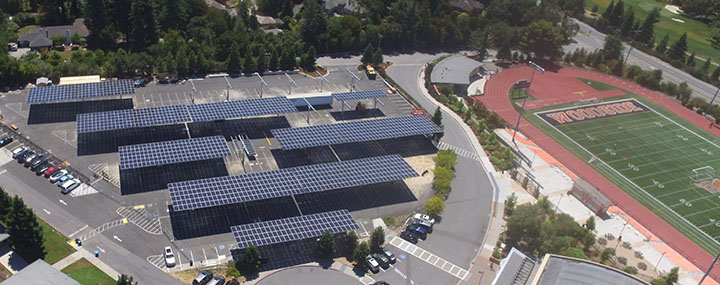
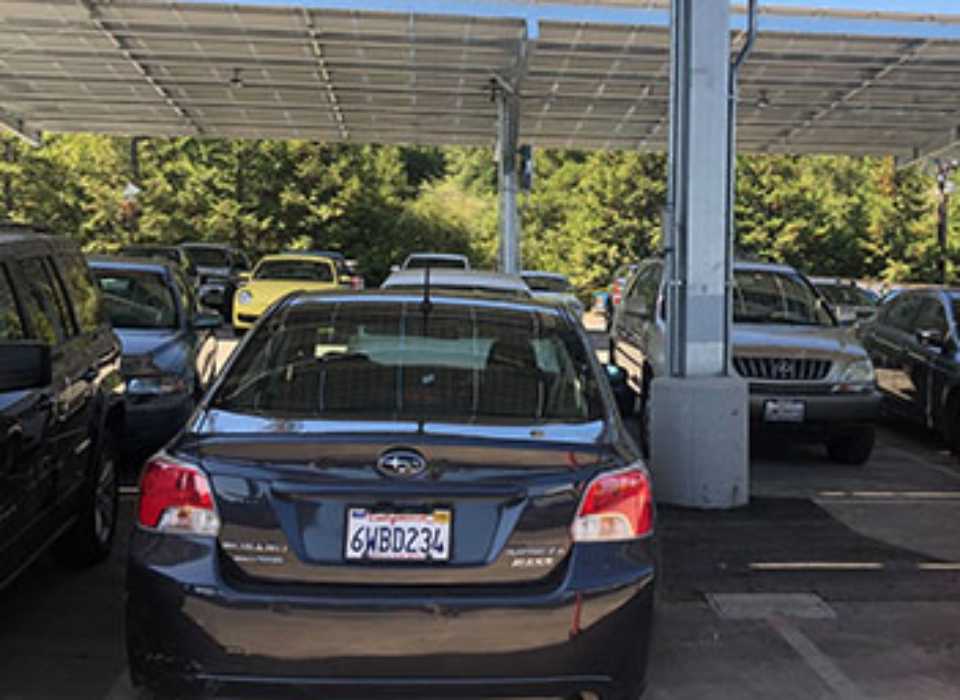
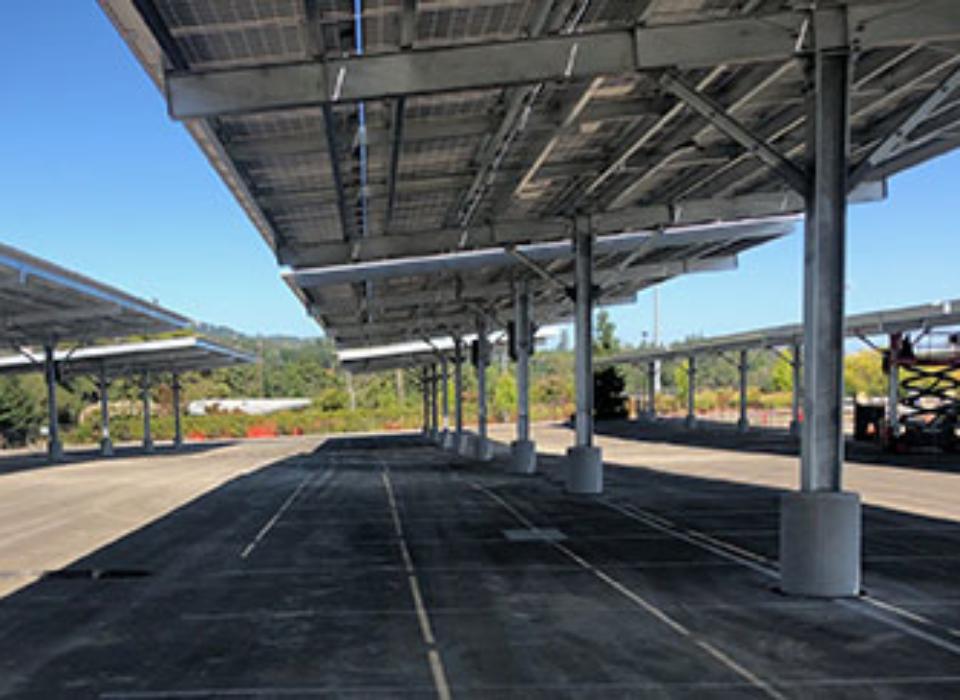
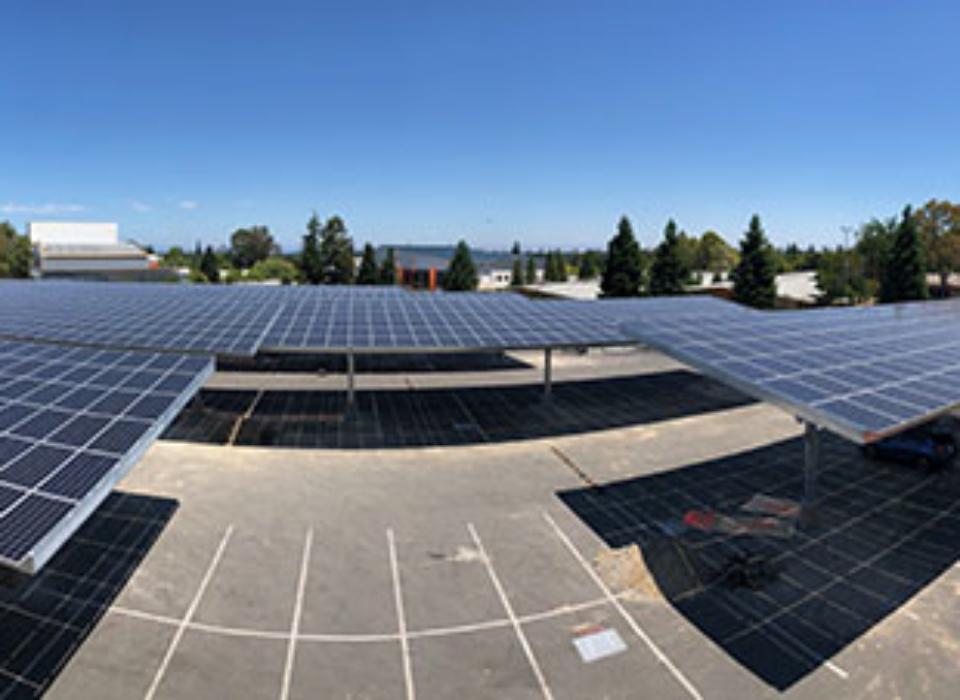


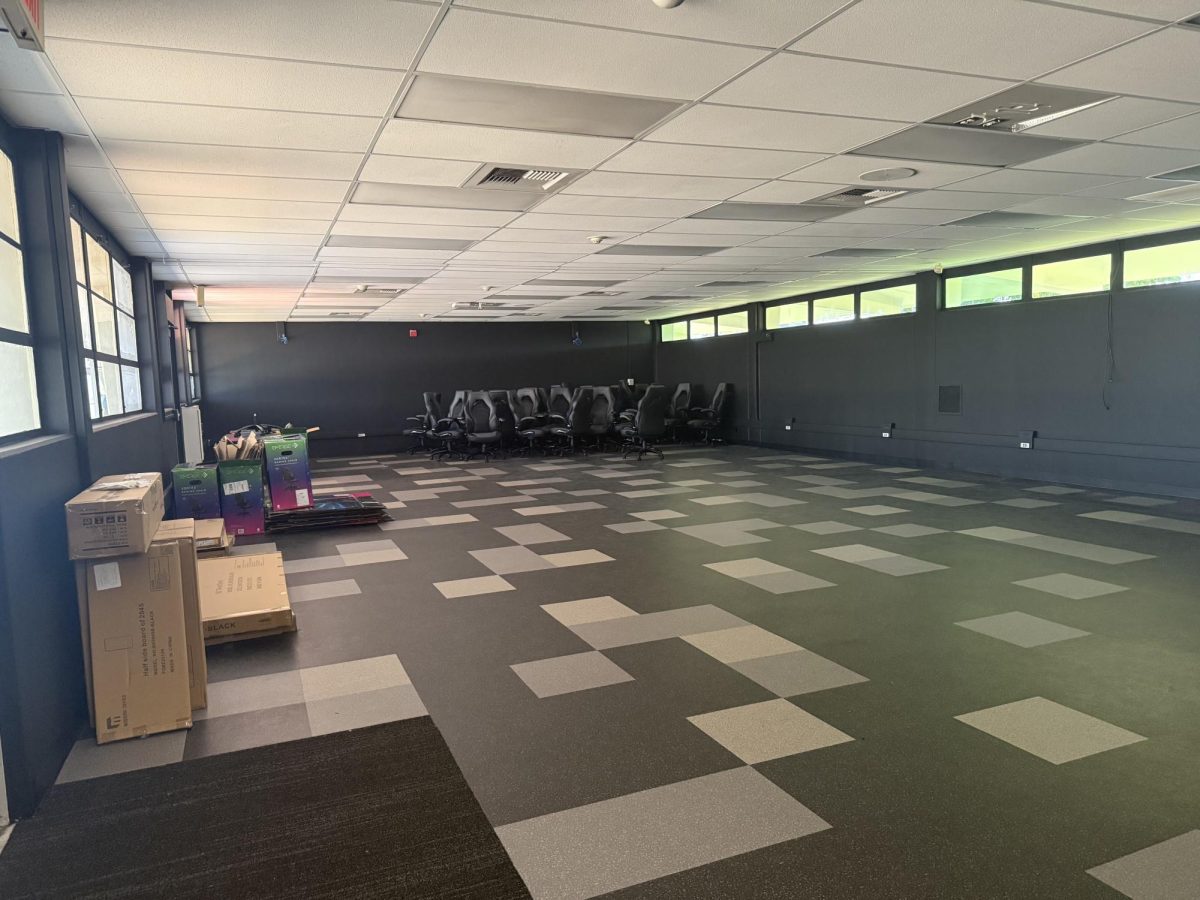
![Students and staff across the Fullerton Joint Union High School District [FJUHSD] received emails promoting a part time job offer with pay. The messages were set from compromised FJUHSD accounts.](https://shhsaccolade.com/wp-content/uploads/2025/09/image1-2-1200x527.png)

